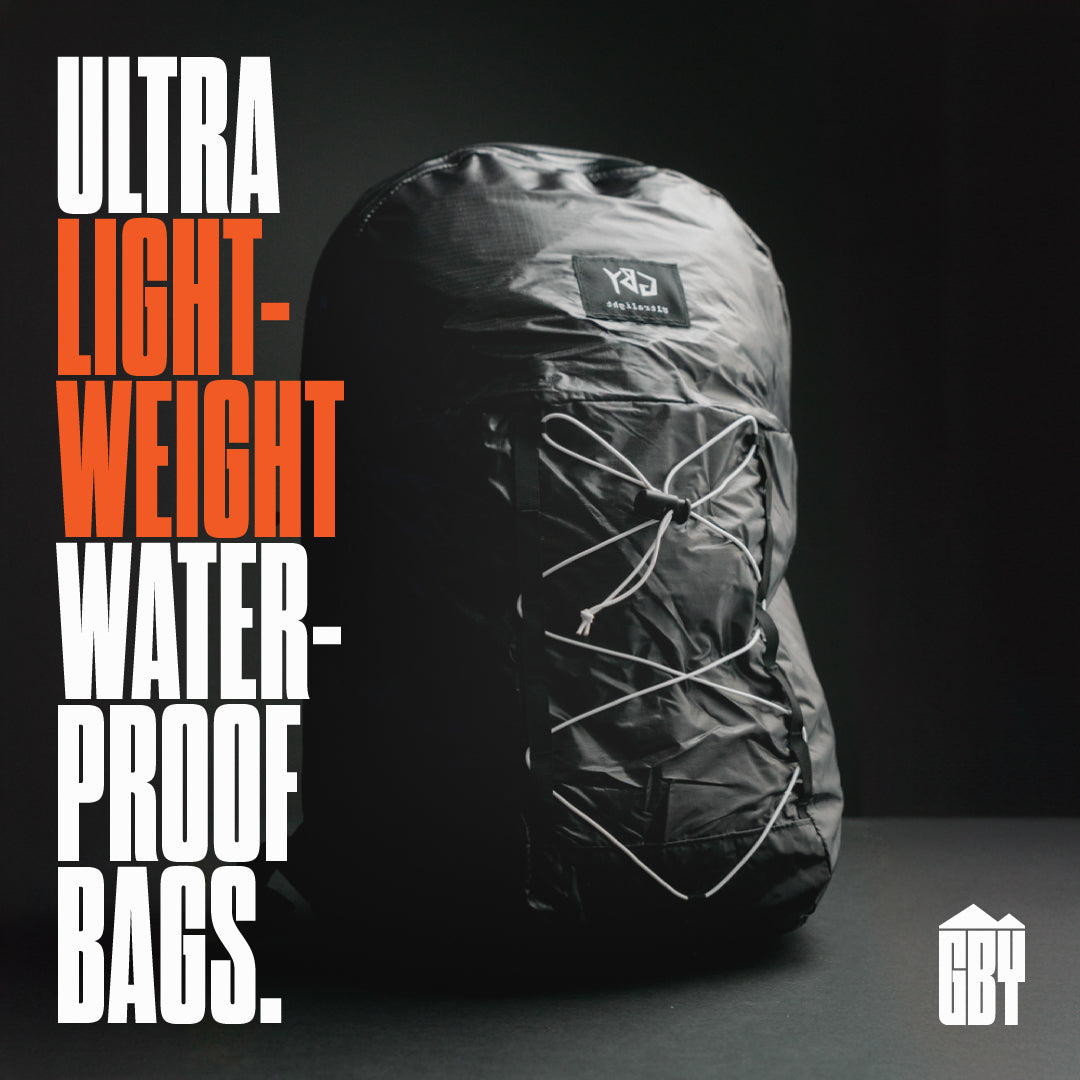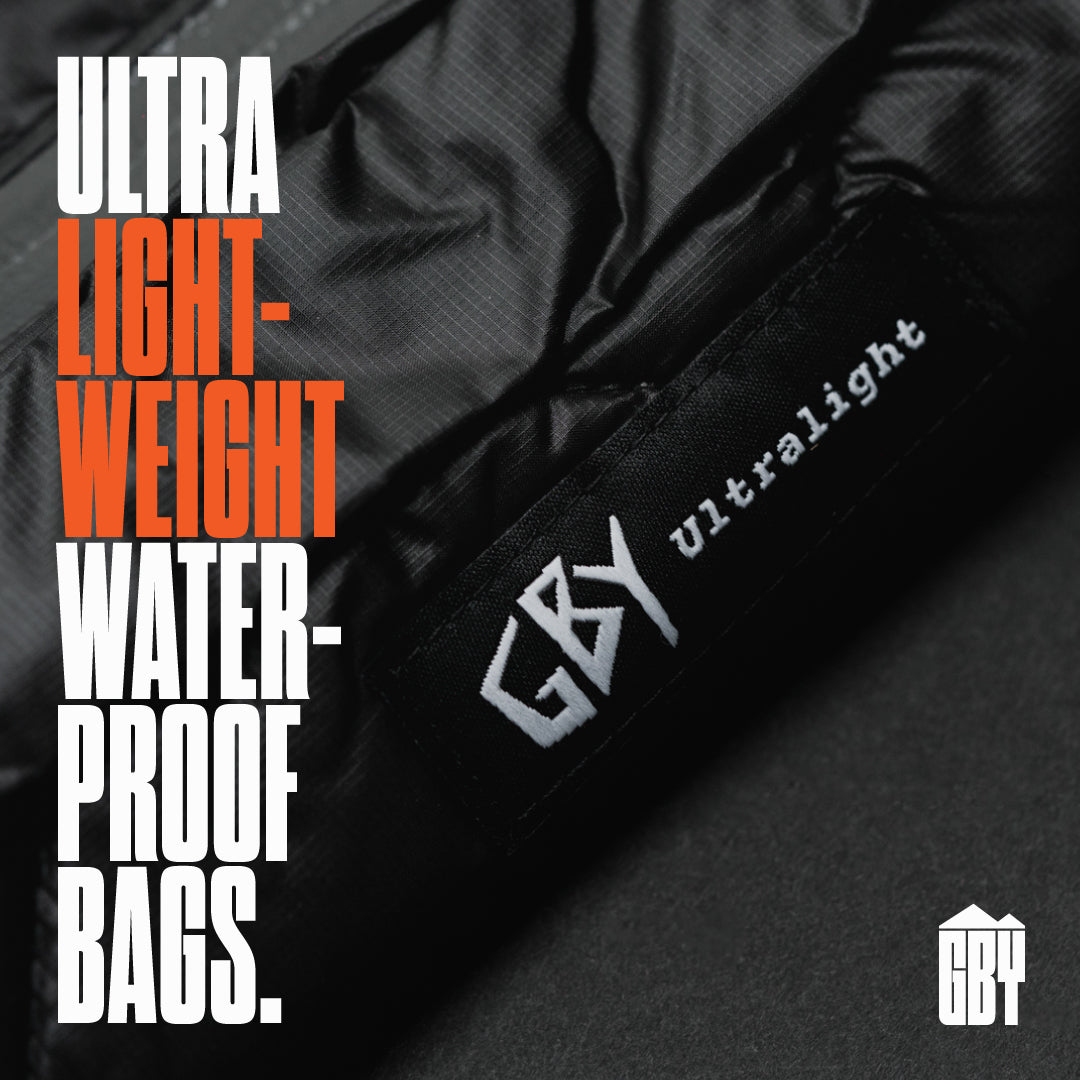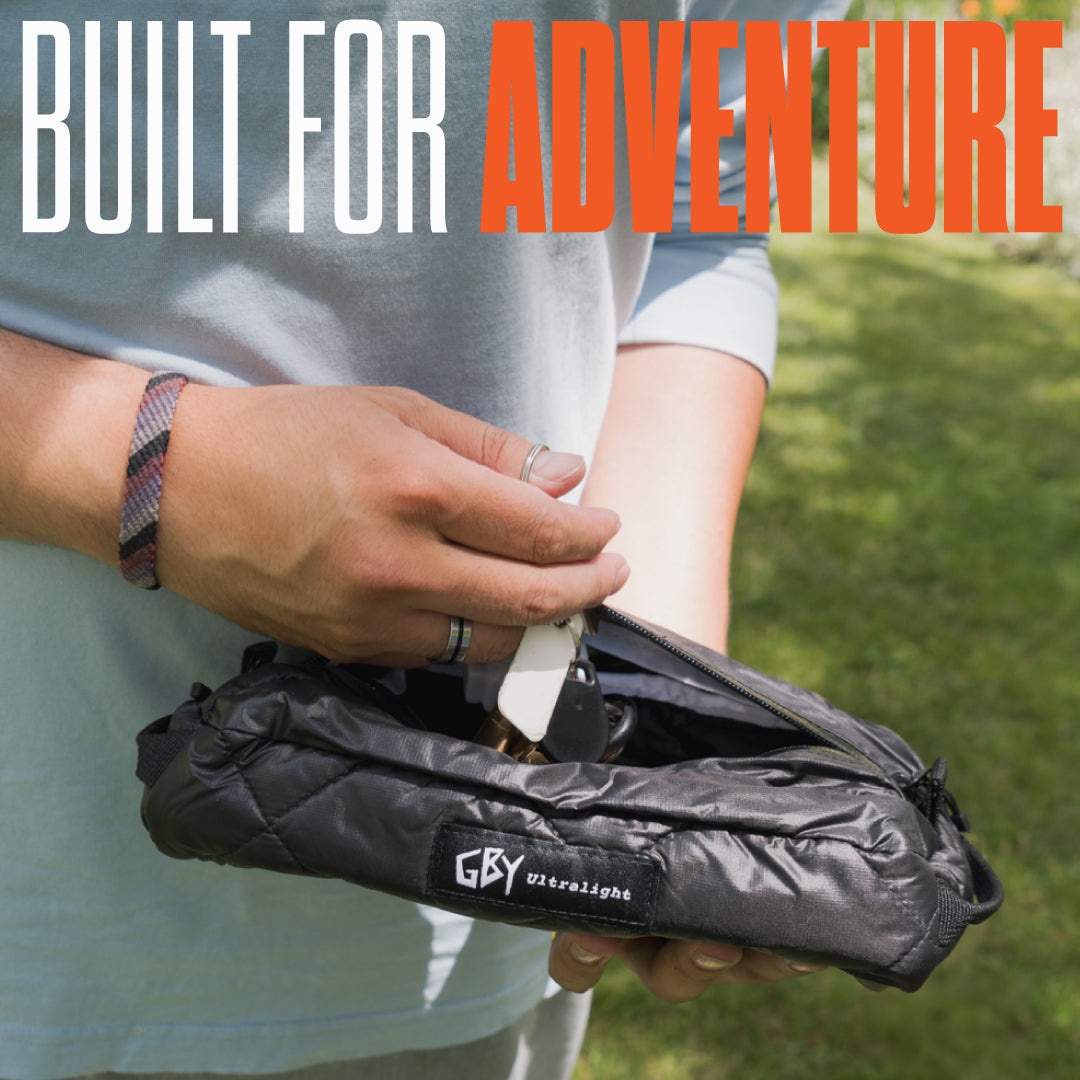Introduction
Imagine walking through a crowded terminal or hiking up a forest trail. In your hand (or your pack) is a durable ultralight utility pouch that has protected your cables, power bank, keys, even a small multi-tool—without dragging you down. The right material doesn’t just matter—it defines the difference between gear that survives and gear that wears out. For commuters, digital nomads, weekend travelers, and urban minimalists, understanding what makes a utility bag durable is essential. It means less clutter, fewer replacements, and more confidence wherever life takes you.
What Makes a Material “Durable” in Ultralight Utility Bags (H2)
To assess durability in ultralight bags, consider these key properties: strength, abrasion resistance, water behavior, seam integrity, and weight. No single material is perfect; many excellent designs combine materials smartly.
H3: Strength & Tear Resistance
-
Ripstop nylon (or variants) is a go-to because of its cross-woven reinforcement grid that prevents tears from propagating. seekoutside.com+1
-
Fabrics with UHMWPE fibers (such as those in Dyneema composite fabrics) offer exceptional tensile strength relative to weight. The Packable Life+1
H3: Abrasion Resistance
-
Heavier denier nylons (or reinforced nylon like Gridstop, Robic) resist scrapes, rough surfaces, or when pouch rubs against metal gear. GBY Ultralight+2Carryology+2
-
Laminated fabrics (e.g. composite laminates like those in X-Pac) add layers that better resist abrasion and reduce wear over time. Carryology+2The Packable Life+2
H3: Water Resistance & Coatings
-
Water-resistant or water-repellent finishes (DWR) help protect gear in light rain or spills. GBY Ultra’s Ultralight Utility Pouch uses YKK water-resistant zippers to seal out moisture. GBY Ultralight

-
Fully laminated fabrics (e.g., Dyneema Composite Fabric, or heavily coated nylon) may provide waterproof behavior—but with trade-offs in flexibility, cost, or breathability. Zpacks+2The Packable Life+2
H3: Weight, Packability & Flexibility
-
Ultralight fabrics tend to be thinner, less rigid. While this aids compact packing, very thin materials are more susceptible to abrasion and puncture if unprotected.
-
Quilted or padded versions (like some variants of ultralight utility pouches) give added protection to contents while balancing weight. GBY Ultra’s pouch uses quilting for soft cushioning without large bulk. GBY Ultralight
H3: Construction & Reinforcements
-
Look for reinforced stitching or bartacks at stress points (zippers, corners, handles). A quality utility bag isn’t just about the outer material—it must survive daily tugs and loading. GBY Ultralight
-
Zippers: strong, high-quality brands (YKK or equivalent) and water-resistant or sealed zippers reduce weak points. GBY Ultralight+1
How GBY Ultra’s Ultralight Utility Pouch Stacks Up (H2)
GBY Ultra has some strong examples of what durable ultralight design can be. Let’s look under the hood.

-
The Ultralight Utility Pouch is made with QD-Ultra quilted micro-ripstop Japanese nylon, combining soft cushioning, ultralight weight (≈ 2.2 oz / 61 g), and good tear resistance. GBY Ultralight
-
It features YKK water-resistant zippers and well-designed end hoops and pull tabs, which help with both handling and durability. GBY Ultralight
-
Multiple compartments inside safeguard small electronics and items so that sharp edges (like keys or metal clips) don’t directly press on fabric panels. GBY Ultralight
These design and material choices align well with the principles of durability laid out above: strength, abrasion resistance, water behavior, weight, and construction.
Comparing Materials: Pros & Cons (H2)
Here are some common fabrics used in utility bags and how they compare in context of durability and ultralight performance.
| Material | Pros | Cons |
|---|---|---|
| Ripstop Nylon (high tenacity, e.g. Japanese nylon, Robic) | Good abrasion resistance; flexible; relatively affordable; decent tear control via ripstop weave. | Can soak up water (if not coated); UV exposure weakens over long periods; heavier denier adds weight. |
| Quilted Ripstop (e.g. with padding or quilting) | Adds protection to contents; soft, less rigid; nice to touch; hides minor wear. | Slightly heavier; quilting may add stitching that is weak if poorly done; bulk in small pouches. |
| Laminated Fabrics / Composite Fabrics (X-Pac, Dyneema Composite etc.) | Excellent waterproofing; very strong tensile strength; often lighter for same level of strength. | Higher cost; stiffer feel; may creak; harder to repair; usually show scratches more visibly. |
| Coated Nylon / Polyester (PU-coated, silicone coatings, etc.) | Adds water resistance; lower cost; more forgiving for novices. | Coatings degrade over time or with repeated folding; may lose breathability; may add weight. |
Choosing the Best Durable Ultralight Utility Pouch for Your Lifestyle (H2)
Here are actionable tips to select a pouch that aligns with how you live, travel, or commute.
-
Match the material to your environment.
If you’re often in wet or humid climates, favor laminated or well-coated fabric + water-resistant zippers. For dry urban use, a lighter ripstop may suffice. -
Consider what you carry.
• Are there sharp items (knife, pen tips, carabiners)? Then you need abrasion-resistant faces and perhaps internal sleeves or separation.
• Are electronics a big proportion? Prioritize cushioning (quilting or padding) and good zippers. -
Assess weight vs longevity trade-offs.
A material that saves 30–50 g may not be worthwhile if it tears quickly. Sometimes going slightly heavier up front gives many more months or years of reliable use. -
Inspect construction details.
• Reinforced stitching at corners, zippers, handle points.
• Quality zippers (brand, water-resistant).
• Clean, minimal seams to reduce abrasion along edges. -
Durability through maintenance.
• Clean dirt/grit off fabrics; small abrasions fixed quickly (patch or reinforce).
• Store dry; avoid prolonged UV exposure.
• Use bag inserts for high-risk gear so sharp edges don’t catch.
External Comparisons & Authority Insights (H2)
-
ThePackableLife has a solid guide comparing fabrics like Dyneema, ULTRA, X-Pac, Robic etc., showing how high-strength fabrics pay dividends in harsh conditions—even for ultralight urban or travel gear. The Packable Life
-
From gear-testing communities (e.g. Garage Grown Gear), head-to-head testing shows Ultra fabrics perform very close to Dyneema composite hybrids in abrasion & water resistance, with subtle differences in weight & cost. Garage Grown Gear
Key Takeaways (H2)
-
A durable ultralight utility pouch depends not just on the material, but on how it’s constructed—stitching, reinforcement, zippers, and interior layout.
-
Fabrics like high-tenacity ripstop nylon, quilted ripstop versions, and composite/laminated fabrics can all offer great durability; each has trade-offs in weight, cost, flexibility.
-
Recognize your environment & daily carry needs: what’s “durable enough” for you might differ if you commute through rain vs. travel deserts vs. urban office.
-
Keeping the pouch maintained (cleaning, protecting from UV, organizing inside) extends its useful life dramatically.
Ready to experience the freedom of ultralight durability? Explore the full GBY Ultra Utility Bags collection, where smart material choices meet elegant design—gear made to last without weighing you down.








